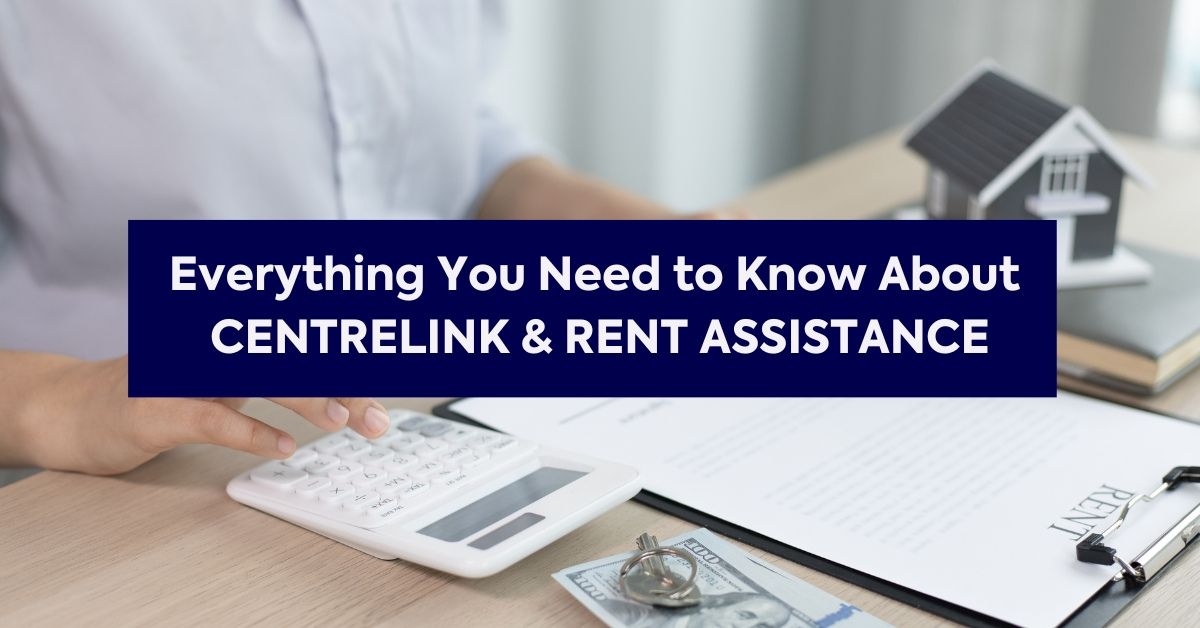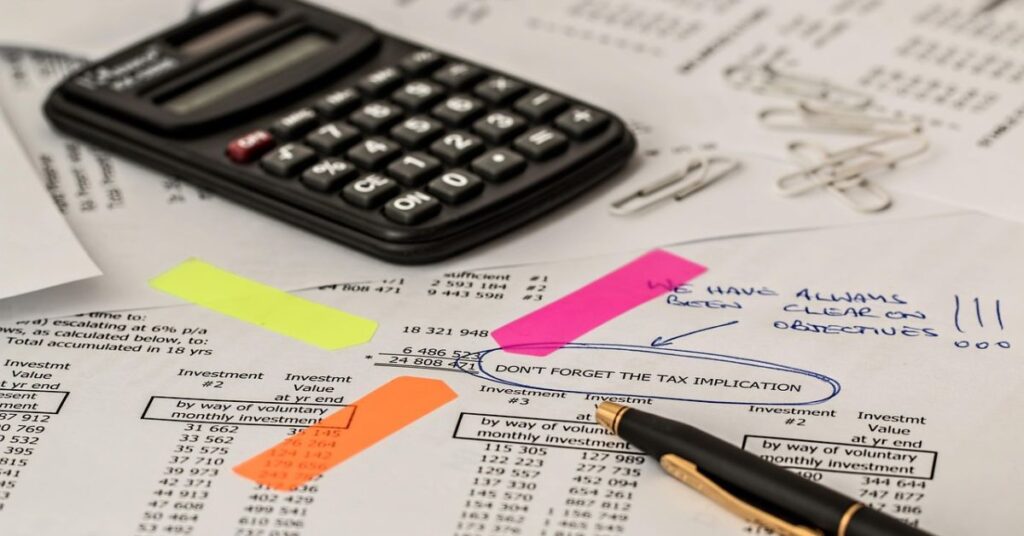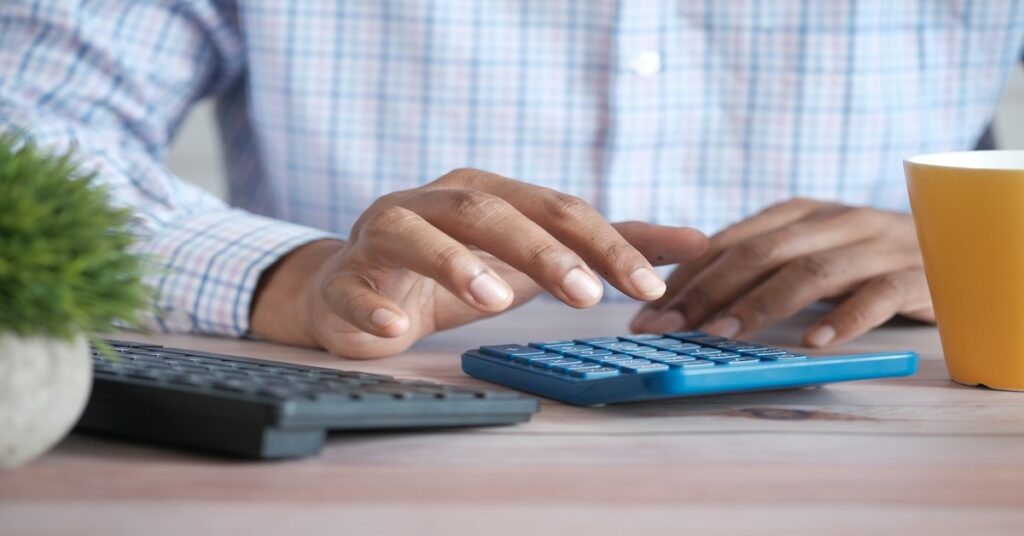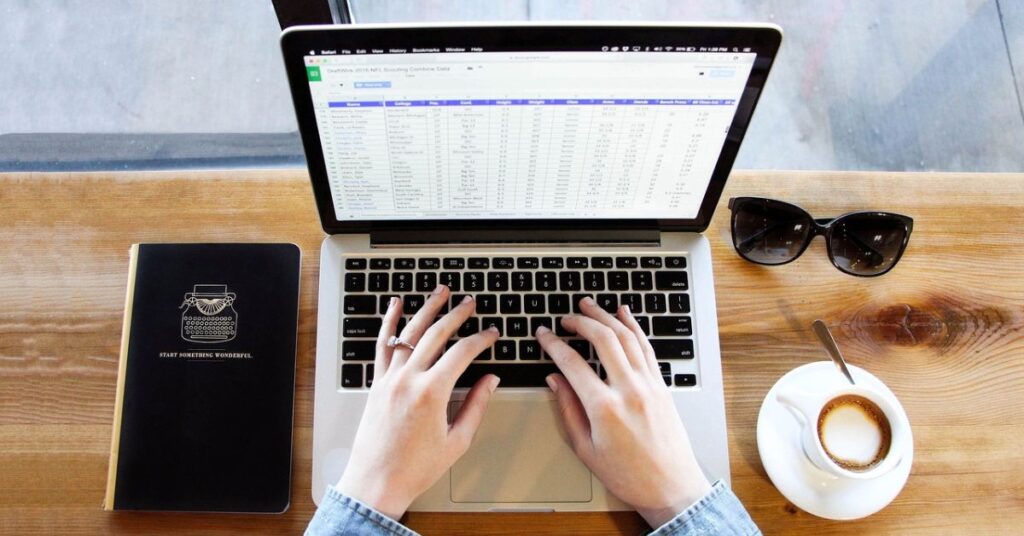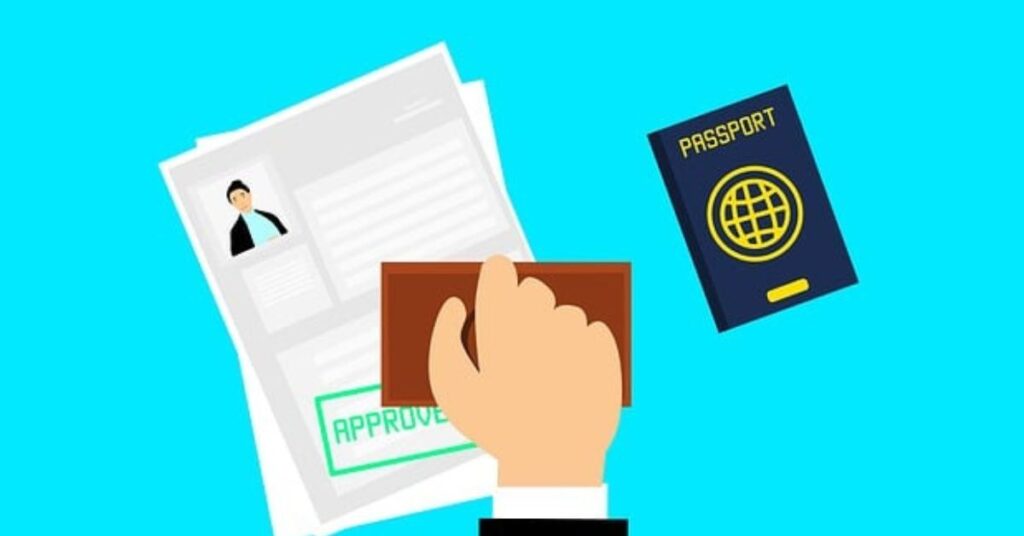Centrelink Rent Assistance is a payment from the Australian Government designed to help people on low to moderate incomes with their rent costs. It’s not a standalone payment; rather, it’s an add-on to certain other Centrelink payments you might already be receiving. Think of it as a bit of a safety net to ease the burden of housing expenses, especially if you’re finding it tough to make ends meet.
What Is Centrelink Rent Assistance and Who Can Apply
So, who actually qualifies for this? Generally, if you’re renting a property in Australia and receiving a qualifying Centrelink payment, you might be eligible. This includes people receiving payments like JobSeeker, Youth Allowance, Parenting Payment, Disability Support Pension, and Age Pension, among others. The key is that you must be paying rent and receiving one of these eligible payments.
Services Australia will often assess your eligibility automatically when you first claim certain payments, or if you tell them you’ve moved or that your rent amount has changed. It’s not something you always have to actively apply for separately, but you do need to make sure your rent details are up-to-date with them. If you’re already getting Rent Assistance and you move house, they’ll check again to see if you’re still eligible at your new place.
Here’s a quick rundown of when Services Australia might check your eligibility:
- When you start a claim for certain payments.
- When you tell them you’ve moved to a new address.
- When you inform them about a change in the rent you pay.
It’s really important to keep your information current. If your circumstances change, like your rent going up or down, or if you move, you need to let Services Australia know promptly. This helps make sure you get the correct amount of assistance and avoid any potential debts down the track. You can usually update these details through your myGov account or the Express Plus Centrelink app. For the latest payment rates, you can check out the Services Australia website.
Essentially, Rent Assistance is there to provide a bit of extra support for those who are renting and receiving certain government payments. It’s not a universal payment, and eligibility hinges on your specific situation and the payments you receive.
Eligibility Criteria for Centrelink Rent Assistance
To be considered for Centrelink Rent Assistance, you generally need to be receiving a qualifying payment from Centrelink. This isn’t a standalone payment; it’s an add-on to certain existing benefits.
You must be paying rent to be eligible for Rent Assistance. This means you can’t be living in social housing or paying rent to a family member (unless specific conditions are met, which are rare). The amount of rent you pay is a significant factor in determining if you qualify and how much you might receive.
Here’s a breakdown of who might be eligible:
- Receiving an eligible Centrelink payment: This includes payments like JobSeeker, Youth Allowance, Disability Support Pension, Age Pension, and Carer Payment, among others. It’s not an exhaustive list, so checking with Centrelink directly is always a good idea.
- Paying rent: You need to have a formal rental agreement or be able to prove you’re paying rent for your principal home.
- Rent exceeding a threshold: Your rent payments need to be above a certain minimum amount. This threshold varies depending on your circumstances, such as whether you’re single, partnered, or have children.
- Not receiving other housing assistance: Generally, you can’t get Rent Assistance if you’re already receiving other forms of housing support, like public housing.
Services Australia will usually assess your eligibility automatically when you claim certain payments, tell them you’ve moved, or inform them about changes to your rent. However, it’s always best to proactively check if you think you might qualify.
It’s important to remember that Rent Assistance is designed to help with the cost of renting your principal home. If your living situation changes, or your rent amount is adjusted, you must inform Centrelink promptly to ensure you continue to receive the correct amount and avoid potential debts.
If you’re unsure about your specific situation, it’s worth looking into the details on the Services Australia website or contacting them directly. They can confirm if your payment type and rent situation meet the criteria.
Income Requirements to Qualify for Centrelink Rent Assistance

To get Rent Assistance from Centrelink, your income is a big part of the puzzle. It’s not just about how much rent you pay; they also look at what you and your partner (if you have one) earn. Centrelink has specific income limits, and if you go over them, you won’t get the payment. These limits change, so it’s always a good idea to check the latest figures.
Basically, Centrelink wants to help people who are struggling to afford rent because of their income level. They have a system where they calculate how much you might get based on a few things, including your income. If your income is too high, it suggests you might not need the assistance as much.
Here’s a general idea of how it works:
- Your income is assessed: Centrelink looks at your adjusted taxable income. This includes most income you receive, minus certain deductions.
- Partner’s income matters too: If you have a partner, their income is also taken into account. It’s combined with yours for the assessment.
- There are thresholds: Centrelink sets specific income thresholds. You need to be below these to be eligible. These thresholds are usually higher if you have children.
It’s important to know that Centrelink automatically checks your eligibility for Rent Assistance when you claim certain payments, or if you tell them you’ve moved or your rent has changed. However, you still need to meet the income requirements at that time.
The exact income limits can be a bit tricky and change from year to year. It’s best to look up the current figures on the Services Australia website or give them a call to be sure you’re within the limits for your situation. Don’t assume you know the numbers; always verify.
So, while paying rent is the first step, keeping your income within Centrelink’s set limits is just as important for getting Rent Assistance.
How Your Rent Affects Centrelink Rent Assistance Payments
The amount of rent you pay is a pretty big deal when it comes to Centrelink Rent Assistance. It’s not just a simple yes or no; the actual figure you hand over each week directly influences how much you might get back. Centrelink looks at your rent payments to figure out your eligibility and then, if you’re eligible, how much assistance they can provide.
Basically, there’s a minimum amount of rent you need to be paying before you can even be considered for Rent Assistance. If your rent is below this threshold, you won’t get any assistance, no matter what other conditions you meet. Once you’re above that minimum, the more rent you pay, the more assistance you could potentially receive, up to a certain limit, of course. It’s all about matching your rent burden to the support Centrelink offers.
Here’s a general idea of how it works:
- Minimum Rent Threshold: You must pay a certain amount of rent each fortnight before Rent Assistance is considered. This amount can change, so it’s always good to check the latest figures.
- Rent Paid vs. Assistance Received: Centrelink calculates your payment based on a percentage of the rent you pay above that minimum threshold. They don’t cover all your rent, just a portion of it.
- Maximum Payment Limits: There are caps on how much Rent Assistance you can get. This means even if you pay a lot of rent, your assistance won’t go up indefinitely.
It’s important to remember that Centrelink automatically checks your eligibility for Rent Assistance if you’re receiving certain payments and they know you’re paying rent. However, if you move or your rent amount changes, you absolutely must tell them. Failing to do so could mean you get paid the wrong amount, and you might end up owing Centrelink money back, which is never fun.
The amount of rent you pay is a direct factor in the calculation of your Rent Assistance. It’s not just about being a renter; it’s about the financial commitment you have towards your housing. Centrelink uses this information to gauge your need and determine the appropriate level of support.
For example, if you’re a single person with no children and you pay $200 in rent per fortnight, your Rent Assistance payment will be calculated differently from someone paying $300 per fortnight. The difference in rent paid directly impacts the potential assistance amount. It’s a tiered system designed to help those with higher rental costs more, within defined limits.
Applying for Centrelink Rent Assistance: Step-by-Step Guide
Getting Rent Assistance from Centrelink involves a few steps, and it’s often assessed automatically when you’re already receiving certain payments. However, if you’re not sure or need to make a change, here’s how to go about it.
The most straightforward way to apply or update your details is often through your Centrelink online account via myGov. If you haven’t set one up yet, you’ll need to create a myGov account first, and then link your Centrelink details to it. This online portal is usually the quickest way to manage your payments and personal information.
Here’s a general process to follow:
- Check Your Eligibility First: Before you start, make sure you meet the basic requirements. This usually means you’re paying rent and receiving a qualifying Centrelink payment like JobSeeker, Age Pension, or Disability Support Pension. There are income and asset limits, too, so it’s worth checking those.
- Gather Necessary Information: You’ll likely need details about your rental agreement, including the amount of rent you pay, your landlord’s details, and how often you pay. If you’ve just moved, have your new address and rental details ready.
- Update Your Details Online: Log in to your myGov account and go to the Centrelink section. Look for options to update your personal details or report a change in circumstances. You’ll typically find sections for updating your address and your rent details.
- Report Changes Promptly: If you start paying rent, move to a new rental property, or if your rent amount changes, you need to let Centrelink know. Doing this promptly helps avoid any overpayments that you might have to pay back later.
- Complete Rent Certificates (If Required): Sometimes, Centrelink might ask you to fill out a Rent Certificate. This is a form that your landlord or agent usually needs to sign, confirming your rental arrangements. You can often download these forms from the Centrelink website or your online account.
- Submit Your Application/Update: Follow the prompts in your online account to submit the changes. If you’re claiming a new payment that includes Rent Assistance, it might be part of that initial claim process.
If you’re having trouble with the online system or can’t access your account, don’t hesitate to call Centrelink directly. They can guide you through the process over the phone or advise you on alternative methods.
What if I’m already getting Rent Assistance?
If you’re already receiving Rent Assistance and you move house or your rent changes, Centrelink will usually reassess your payment. You still need to report these changes through your myGov account or by calling them. They’ll check if you’re still eligible for the same amount or if an adjustment is needed.
Documents Needed to Apply for Centrelink Rent Assistance
So, you’re looking into Centrelink Rent Assistance, and you’re wondering what paperwork you’ll need to get it sorted. It’s not usually a massive pile, but having the right things ready can make the whole process smoother. Generally, you’ll need proof of your rental agreement. This is the main thing Centrelink wants to see to confirm you’re actually paying rent and to know how much it is.
What kind of proof are we talking about? Well, it often comes down to a formal tenancy agreement. This is the contract you signed with your landlord or real estate agent. It should clearly state your name, the landlord’s name, the property address, the rent amount, and how often it’s due.
Sometimes, if you don’t have a formal lease, Centrelink might ask you to fill out a Rent Certificate. This is a form where you and your landlord (or agent) sign to confirm the rental arrangement. It’s basically a way to officially record your rent payments.
Here’s a quick rundown of what you might need:
- Your Tenancy Agreement: This is the most common document. Make sure it’s current and signed.
- Rent Receipts or Bank Statements: While not always the primary document, having these can sometimes help show a history of rent payments, especially if there are any questions.
- Completed Rent Certificate: If you’re not using a formal lease, this form is important. You can usually get this from Centrelink or download it from their website.
It’s worth remembering that Centrelink will often assess you for Rent Assistance automatically if you’re receiving certain other payments and they have your rent details. However, if you’re unsure or if your situation is a bit unusual, having these documents ready is a good idea. You can find out more about Rent Assistance on the Services Australia website.
Sometimes, people think they need a whole stack of official documents, but for Rent Assistance, it’s usually quite straightforward. The key is proving your rent payments. If you’re renting privately, your lease is your best friend. If you’re in a different arrangement, like with a family member or a private landlord without a formal lease, the Rent Certificate is the way to go. It’s all about making sure the details are clear and correct for Services Australia.
If you’ve just moved or your rent amount has changed, make sure you update Centrelink as soon as possible. This helps avoid any issues with your payments. You can usually do this online through your myGov account or by calling them directly.
How to Check Your Centrelink Rent Assistance Status Online
So, you’ve applied for or are already getting Centrelink Rent Assistance, and you’re wondering how to keep tabs on your situation. It’s not exactly like tracking a pizza delivery, but Services Australia does give you ways to check in.
The primary way to see your Rent Assistance status is through your myGov account. If you haven’t already, you’ll need to set up a myGov account and then link it to your Centrelink online account. Once that’s done, you can log in and look for details about your payments, including any Rent Assistance you’re receiving.
Here’s a bit more on how it works:
- Accessing your information: Log in to your myGov account. Navigate to the Centrelink section. From there, you should be able to view your current payments and any supplementary amounts like Rent Assistance. It usually shows up as part of your overall payment summary.
- Updating your details: If you’ve recently moved or your rent amount has changed, this is also where you’d update that information. Services Australia uses these updates to reassess your eligibility and payment amount. It’s really important to keep your rent details current to avoid any issues with your payments.
- Using the mobile app: For those who prefer using their phone, the Express Plus Centrelink mobile app is another handy tool. You can log in using the app to check your payment details and update your information on the go.
Sometimes, things aren’t immediately clear online, or you might have a specific question about your assessment. If you can’t find the information you need through myGov or the app, your next step would be to contact Centrelink directly. You can usually find the right phone number for your specific payment type on the Services Australia website.
Keeping your personal details, especially your address and the amount you pay for rent, up-to-date with Centrelink is key. When these details change, Services Australia will automatically review your eligibility for Rent Assistance. Making sure this information is correct helps ensure you get the right amount of support and don’t end up with a debt later on.
Common Mistakes When Applying for Centrelink Rent Assistance
Applying for Centrelink Rent Assistance might seem straightforward, but a few common slip-ups can cause delays or even lead to your claim being rejected. It’s worth knowing what to watch out for.
One of the most frequent errors is not providing all the required documentation up front. Centrelink needs proof of your rental arrangements, and if you miss submitting a Rent Certificate or a copy of your tenancy agreement when asked, your application can stall. Always double-check the list of required documents before submitting anything.
Another pitfall is failing to report changes in your circumstances promptly. If you move house or your rent amount changes, you need to let Centrelink know as soon as possible. Not doing so can lead to you receiving the wrong payment amount, potentially creating a debt you’ll have to repay. It’s important to keep your details up-to-date, whether that’s through your myGov account or the Express Plus Centrelink app.
Here are some common mistakes to avoid:
- Incorrectly stating your rent amount: Be precise about the weekly rent you pay. Small errors can affect your eligibility or the amount you receive.
- Not linking your myGov account correctly: If you’re using myGov to manage your Centrelink claims, ensure it’s properly linked to your Centrelink online account. This is how you’ll receive notifications and updates.
- Missing the assessment window: Centrelink often assesses eligibility when you first claim certain payments, update your address, or report a change in rent. If you miss these points, you might need to actively prompt them for an assessment.
It’s easy to overlook the small details when dealing with government forms. Taking a moment to review everything carefully can save a lot of hassle down the track. Remember, Centrelink payments can sometimes be affected by system errors, so keeping your own records accurate is key.
Finally, some people assume they’ll be automatically assessed and don’t actively check their eligibility. While Centrelink does assess you if you’re receiving certain payments, it’s always best to confirm. You can check your Centrelink online account to see if you’re receiving Rent Assistance and the amount you’re paid.
How Centrelink Calculates Your Rent Assistance Payment
Figuring out how much Rent Assistance you might get can seem a bit tricky, but it’s based on a few key things. Basically, Centrelink looks at how much rent you pay and compares it to a certain threshold. For every dollar of rent you pay above that threshold, you’ll generally receive 75 cents back as assistance.
There are limits to how much Rent Assistance you can actually receive, and these limits change depending on your family situation. For instance, if you’re single with no children, the maximum you can get is different from if you have a partner or dependent children.
Here’s a simplified look at the calculation:
- Rent Threshold: This is the minimum amount of rent you need to pay before Rent Assistance starts to kick in. It varies based on your circumstances.
- Rent Paid Above Threshold: You subtract the threshold amount from your actual rent paid.
- Assistance Rate: Centrelink pays 75% of the rent amount that falls above the threshold.
- Maximum Payment Limits: Your calculated assistance is then capped by the maximum payment rates set for different family types.
Let’s say your rent is $300 per week, and the threshold for your situation is $100. The amount of rent above the threshold is $200 ($300 – $100). Centrelink would then calculate 75% of that $200, which is $150. This $150 would be your potential Rent Assistance payment, provided it doesn’t exceed the maximum payment limit for your specific circumstances. You can find out more about these limits on the Services Australia website.
It’s important to remember that these calculations are done automatically by Centrelink once you’ve provided your rent details. They use the information you give them, along with your other Centrelink payment details, to work out the exact amount. If your rent changes, or your family situation changes, it’s vital to let them know so they can adjust your payment accordingly. This helps avoid any overpayments or underpayments down the track.
If you’re receiving certain payments, Centrelink will automatically assess you for Rent Assistance. This usually happens when you first claim a payment, tell them you’ve moved, or inform them about a change in your rent amount. Keeping your details up-to-date is key to getting the correct amount of assistance.
Changes to Your Circumstances and Centrelink Rent Assistance
Life happens, and sometimes your situation changes. When it comes to Centrelink Rent Assistance, telling them about these changes is pretty important. If you move house, your rent amount goes up or down, or maybe your relationship status changes, you need to let Centrelink know. Failing to report these changes can mean you get paid too much and end up with a debt, or you might miss out on money you’re actually entitled to.
Here are some common changes you need to report:
- Moving house: If you move to a new rental property, even if it’s just across town, Centrelink needs your new address and details about your new rent.
- Changes in rent amount: Whether your rent increases or decreases, this can affect how much Rent Assistance you get. Make sure to report the new amount.
- Changes in who you live with: If someone moves in or out, or if your living arrangements change significantly (like becoming a single parent), this can impact your eligibility or payment amount.
- Changes in your income or assets: While not directly related to the rent itself, changes in your overall financial situation can affect the main payment you receive, which in turn affects Rent Assistance.
It’s usually best to report these changes as soon as they happen. You can do this online through your myGov account, using the Express Plus Centrelink mobile app, or by calling Centrelink directly.
Keeping Centrelink updated with your current circumstances is key to receiving the correct amount of Rent Assistance and avoiding any unexpected debts down the track. It’s a bit like updating your address with the bank – they need to know where you are and what’s going on financially.
For example, if you were getting Rent Assistance based on paying $300 a week in rent, and you move to a place where rent is $400 a week, your payment might increase. Conversely, if you move to cheaper accommodation, your Rent Assistance could go down. They’ll recalculate it based on the new information you provide.
Tips to Maximise Your Centrelink Rent Assistance Benefits
Making sure you get the most out of your Centrelink Rent Assistance can make a real difference to your budget. It’s not just about applying; it’s about staying on top of things.
First off, keep your details current. If you move house or your rent amount changes, you need to let Centrelink know straight away. Seriously, don’t delay this. You can do this easily through your myGov account or the Express Plus Centrelink app. Updating your address and rent details promptly is key to receiving the correct payment and avoiding any potential debts. It’s a simple step that stops future headaches.
Here are a few more things to keep in mind:
- Understand the Rent Thresholds: Rent Assistance is calculated based on how much rent you pay relative to your income and the type of payment you receive. There are minimum rent amounts you need to pay before you become eligible, and then different rates apply depending on your circumstances. Check the Services Australia website for the latest figures.
- Report All Income Accurately: Your income is a major factor in determining your Rent Assistance amount. Make sure you’re reporting all your earnings correctly, including any casual work or other payments. Even small amounts can affect your entitlement.
- Check for Other Entitlements: Rent Assistance isn’t the only payment you might be eligible for. Sometimes, people are owed money from other areas, like unpaid Medicare benefits or family payments. It’s worth looking into other Centrelink cash boosts to see if you qualify for anything else.
If you’re sharing accommodation, make sure your rental agreement clearly states your name and the amount of rent you’re responsible for. Centrelink needs this to assess your eligibility. If you’re not on the lease, it can be tricky to prove your rent payments.
Keeping your information up-to-date with Centrelink is more than just a formality; it’s the most direct way to ensure you’re receiving the financial support you’re entitled to. Small changes in your life can have a big impact on your payments, so proactive communication is always best.
Where to Get Help with Centrelink Rent Assistance Applications
Sometimes, figuring out Centrelink payments can feel like a puzzle. If you’re stuck on your Rent Assistance application or just want to double-check things, there are a few places you can turn to for a hand.
The most direct way to get help is by contacting Services Australia itself. They manage Centrelink, so they have all the official information and can look at your specific situation.
Here are some options:
- Online Services: Your first stop should probably be the Services Australia website. They have heaps of information, guides, and frequently asked questions about Rent Assistance. You can also manage your claim and update details through your myGov account or the Express Plus Centrelink mobile app. It’s usually the quickest way to get things done if you know what you’re looking for.
- Phone Support: If you prefer talking to someone or can’t find what you need online, you can call the main Centrelink phone line. Be prepared for potential wait times, especially during busy periods. Have your customer reference number handy when you call.
- In Person: For more complex issues or if you just feel more comfortable face-to-face, you can visit a Services Australia service centre. You can find your nearest centre on their website. It’s a good idea to book an appointment if possible to avoid long waits.
If you’re struggling with the application process or have a complicated personal circumstance, don’t hesitate to ask for help. Services Australia has staff trained to assist with these matters, and there are also community organisations that can offer support.
Sometimes, community organisations or financial counsellors can also assist. These services are often free and can help you understand your entitlements and fill out forms correctly. A quick search for ‘financial counselling services’ in your local area might bring up some useful contacts.
Need a hand with your Centrelink Rent Assistance application? Don’t stress! We’ve got you covered with all the info you need. For more details and to get started, visit our website today.
Frequently Asked Questions
What is Centrelink Rent Assistance?
Centrelink Rent Assistance is a payment from the government to help people who pay rent and are on certain Centrelink payments. It’s designed to make housing more affordable for those who need a bit of extra support.
How do I know if I can get Rent Assistance?
Generally, if you’re getting certain Centrelink payments and you pay rent, you might be eligible. Services Australia will usually check if you qualify when you first claim a payment, tell them you’ve moved, or let them know your rent has changed. It’s best to check the Services Australia website or contact them directly for the most accurate information about specific payments.
Do I need to apply for Rent Assistance separately?
Not always. Services Australia often checks if you’re eligible automatically when you claim certain payments or update your rent details. However, if you’re unsure, it’s a good idea to let them know you’re paying rent, especially if you haven’t before.
What if I move to a new place?
If you already get Rent Assistance and move house, you must tell Services Australia about your new address and rent amount. They will then check if you’re still eligible for the payment at your new place.
How can I update my rent details with Centrelink?
You can usually update your rent details online through your myGov account, which you can link to Centrelink. The Express Plus Centrelink mobile app is another handy way to do this. If you can’t update it online, you can call your usual Centrelink payment line.
What kind of proof do I need for my rent?
Sometimes, Services Australia might ask for proof that you’re paying rent. This could be a Rent Certificate they provide, or a copy of your formal rental agreement. It’s good to have these documents ready just in case.
Will my rent amount affect how much assistance I get?
Yes, the amount of rent you pay is a big factor in how much Rent Assistance you receive. Generally, the more rent you pay (up to a certain point), the more assistance you might get. There are also limits to how much assistance you can receive.
What happens if my rent or living situation changes?
It’s really important to tell Services Australia straight away if your rent or living situation changes. This ensures you get the right amount of payment and helps you avoid getting a debt later on. You can usually do this through your myGov account or the mobile app.

